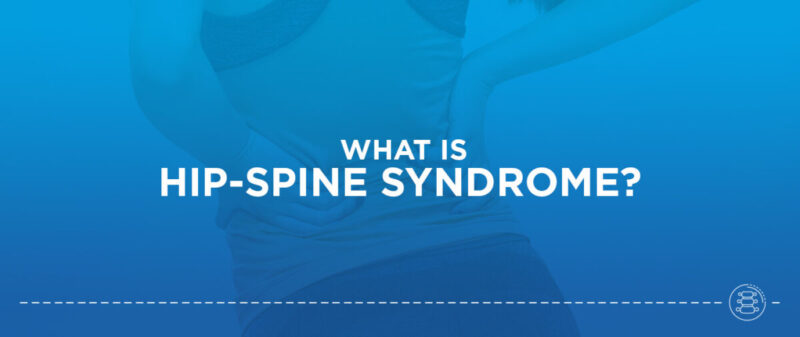

If you’re suffering from hip pain, back pain or both, you’re not alone. Chronic lower back pain is common in the U.S., while spinal stenosis is becoming increasingly prevalent. Because the symptoms of these two conditions often overlap, it can be challenging for physicians to diagnose and treat the underlying cause of a patient’s pain.
Hip-spine syndrome (HiSS) occurs when a patient experiences hip and spine pain in tandem. HiSS requires special awareness and a personalized treatment plan that targets both kinds of pain rather than one.
Hip osteoarthritis symptoms often include groin and hip pain. The pain is usually concentrated on the front of the hip, and walking might be difficult or impossible due to severely worn-out cartilage.
Patients with spinal stenosis also experience hip pain, though it is usually concentrated on the back of the hip or buttock area. Pain, weakness, tingling or a numbing sensation down the leg are also common.
Because hip and spine pain merge for patients with HiSS, it can be challenging to diagnose and treat the underlying issue. A number of hip-spine syndrome treatments are available depending on the root cause of the pain, including:
Pain management is crucial for those with hip-spine syndrome. Most often, clinicians advise patients to pursue rehabilitation or try injection therapy or anti-inflammatory medications before considering more invasive treatments. In some cases, they might also recommend lifestyle changes, including weight loss or a new exercise routine.
Spinal surgery and subsequent rehabilitation might be necessary for patients with advanced cases of progressive diseases.
At the New York Spine Institute, our board-certified orthopedic spine surgeons provide various innovative treatments to relieve pain caused by hip-spine syndrome. Call 1-888-444-NYSI today to learn more about hip-spine syndrome or schedule an appointment with one of our hip-spine syndrome specialists.